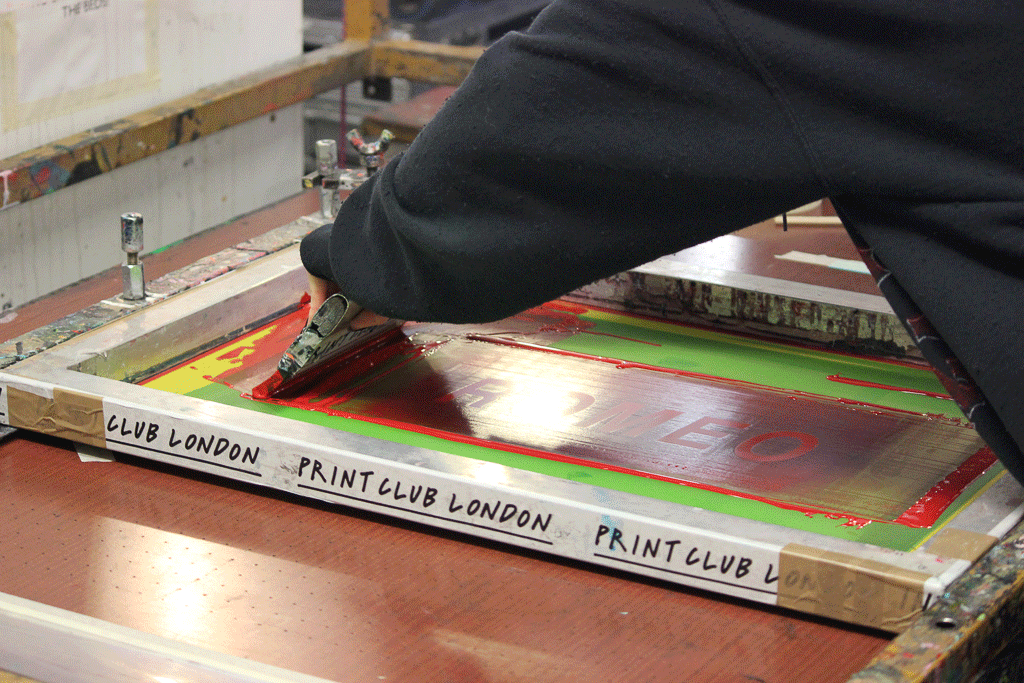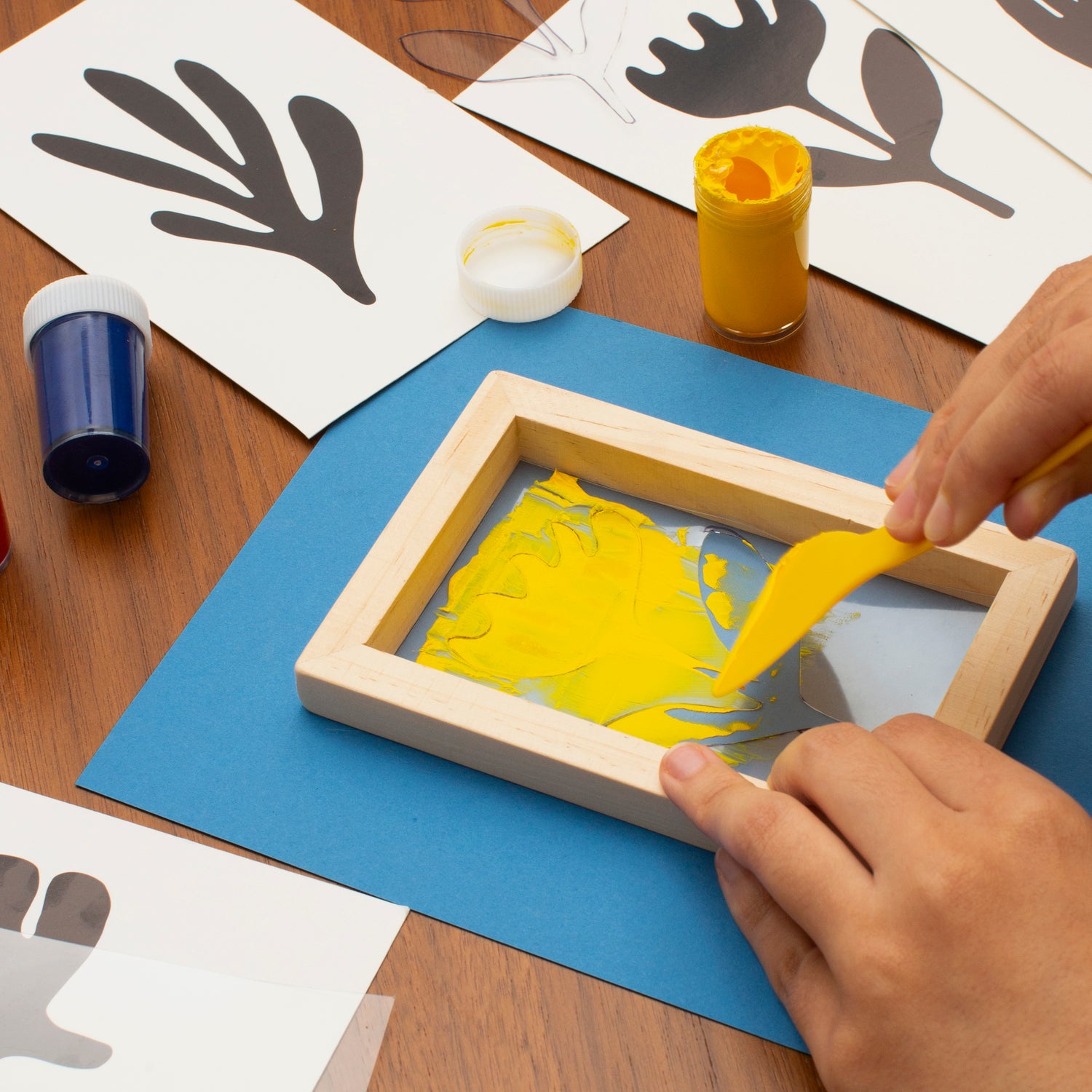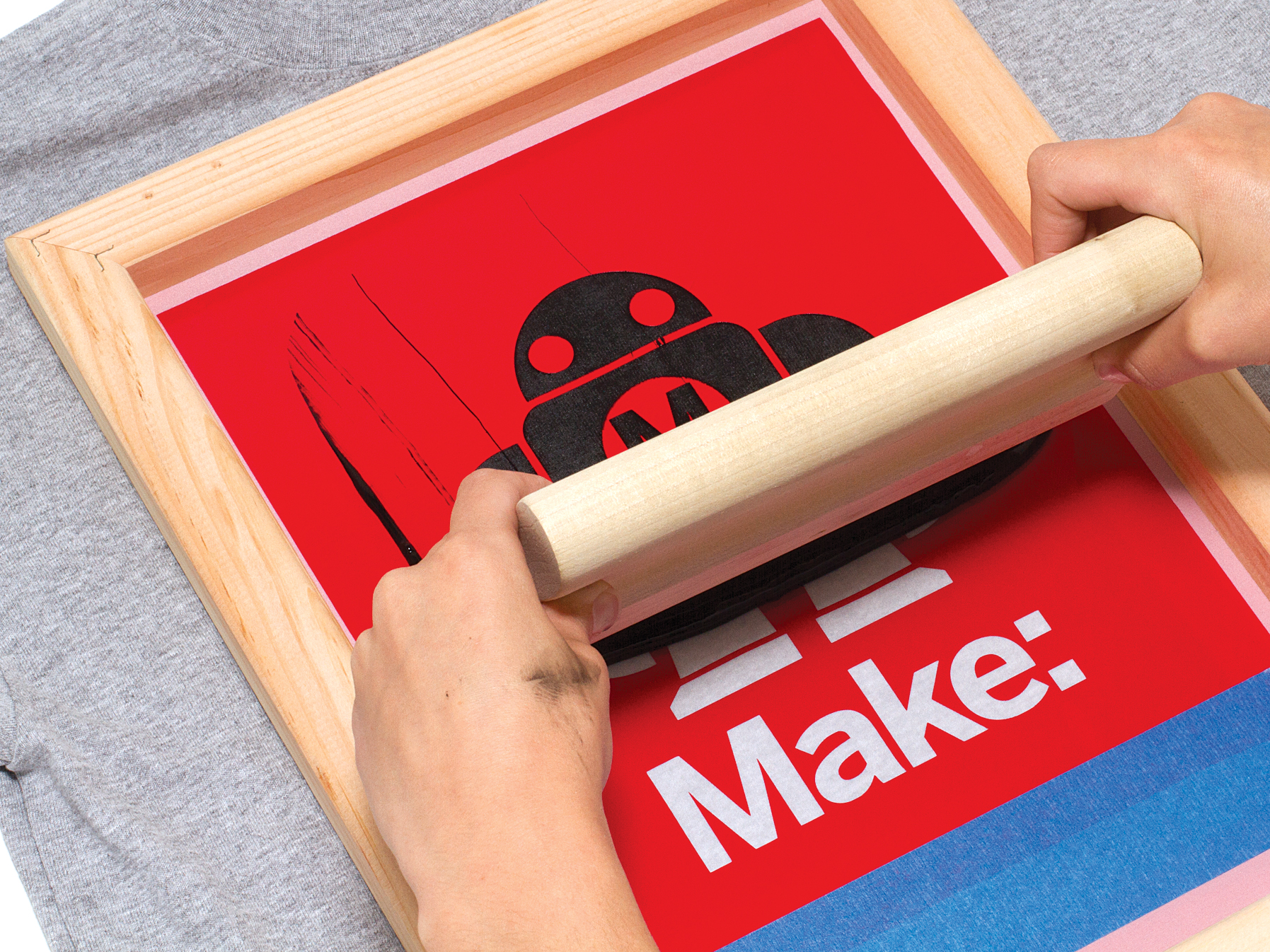ChatGPT said: 10:9 Design Company vs competitors: why they stand out in Texas
The Essential Overview to Understanding Screen Printing and Its Versatile Makes use of
Screen printing has a rich background that goes back to ancient times, advancing into a sophisticated method used throughout various markets today. This guide discovers the ins and outs of the screen printing procedure, outlining its applications in fashion, home, and marketing design - 10:9 Design contact. Comprehending these basics can open up creative capacity for both business and artistic projects. The adhering to areas will expose crucial suggestions and methods to boost one's screen printing endeavors
The Background of Screen Printing
Although screen printing has origins that trace back centuries, its development shows the technical and imaginative advancements of various cultures. Stemming in ancient China, the strategy was at first utilized for embellishing fabrics and later infect Japan, where it came to be integral to Ukiyo-e woodblock printing. The method shifted to Europe in the 18th century, where it acquired popularity among artisans and commercial printers. The creation of picture solution in the 20th century reinvented screen printing, enabling more elaborate styles and higher effectiveness. Artists like Andy Warhol even more pushed its popularity, using the medium to develop legendary jobs that combined commercialism and art. By the late 20th century, screen printing had established itself as a versatile strategy, used in vogue, marketing, and art. Today, it remains to advance, incorporating digital technology and expanding its applications across numerous markets.
The Screen Printing Process Explained
Screen printing changes creative visions into tangible layouts with a series of specific actions. An image is developed and after that moved onto a screen, normally made of fine mesh textile extended over a frame. A light-sensitive solution is put on the screen, which is revealed to light, solidifying in areas not covered by the image. After rinsing the unhardened solution, a stencil is developed.
Next, the screen is put over the substratum, whether it be textile, paper, or an additional material. Ink is after that pushed with the open locations of the stencil using a squeegee, depositing the layout onto the substrate listed below. This procedure can be repeated for numerous colors, requiring different screens for every tone. Lastly, the published item is treated using warmth to guarantee the ink sticks properly, leading to a sturdy, vibrant design on-line.
Kinds of Screen Printing Techniques

Additionally, specialty techniques, such as discharge screen printing, remove dye from the fabric to produce softer prints, while aluminum foil screen printing applies metallic aluminum foil to achieve a shiny surface (10:9 Design Screen Printing Texas). Each method supplies distinct attributes, accommodating numerous creative demands and production ranges, ultimately broadening the opportunities within the screen printing domain
Applications of Screen Printing in Different Industries

Additionally, the signage and advertising and marketing industries make use of screen printing for creating distinctive displays and banners. This technique enables bold colors and complex designs that capture interest. In electronic devices, screen printing is used for applying conductive inks to circuit boards, necessary for part connections. Additionally, the home décor industry accepts screen printing to create distinct layouts on fabrics and wall surface art. On the whole, screen printing serves as a vital device throughout varied areas, improving items with useful source individualized and aesthetically enticing graphics.
Tips for Effective Screen Printing Projects
While undertaking a screen printing project, careful attention to information can considerably enhance the final outcome. Choosing premium materials is vital; this includes the screen, inks, and substrates. Using appropriate mesh counts can influence ink deposition and information resolution. Preparation is equally important; thorough cleansing of displays and appropriate exposure times assure crisp prints.
Next off, exact enrollment is essential for multi-color prints. Making use of positioning tools can help attain exact layering. Furthermore, testing prints on scrap products before production assists determine possible problems without wasting sources.

Often Asked Concerns
What Products Are Ideal for Screen Printing on Textile?
Cotton and polyester blends are ideal for screen printing on fabric due to their durability and ink absorption. Additionally, specialty textiles like silk or canvas can generate unique appearances and coatings, boosting the general design quality.
How Do I Tidy and Maintain Screen Printing Tools?
To cleanse and preserve screen printing tools, one need to consistently clean screens with suitable solvents, inspect squeegees for wear, oil relocating parts, and shop all products in a dry, dust-free environment to lengthen their life expectancy.
What Are the Environmental Impacts of Screen Printing?
Screen printing can have substantial environmental impacts, consisting of chemical waste from inks and solvents, water usage throughout cleaning procedures, and power usage. Eco-friendly products and sustainable practices are necessary for lessening these negative results.
Can Screen Printing Be Done in your home Effectively?
Screen printing can be properly done at home with the ideal products and strategies. Enthusiasts can develop high quality prints, though success relies on their skill degree, tools, and understanding of the process entailed.
What Are the Prices Related To Beginning a Display Printing Company?

Starting a screen printing organization involves expenses for devices, materials, and work area. First expenditures typically vary from a couple of hundred to numerous thousand bucks, depending on the scale, high quality of equipment, and wanted manufacturing capability.
Screen printing has an abundant background that dates back to old times, evolving into an advanced method utilized throughout numerous sectors today. Another technique, rotary screen printing, employs cylindrical displays, promoting continual printing on textile rolls, thus enhancing effectiveness for massive productions. Additionally, specialty techniques, such as discharge screen printing, remove color from the textile to develop softer prints, while aluminum foil screen printing uses metallic foil to achieve a glossy coating. In the style field, screen printing is widely made use of to develop find here lively styles on apparel, enabling brand names to display their special designs. Cotton and polyester blends are suitable for screen printing on fabric due to their longevity and ink absorption.